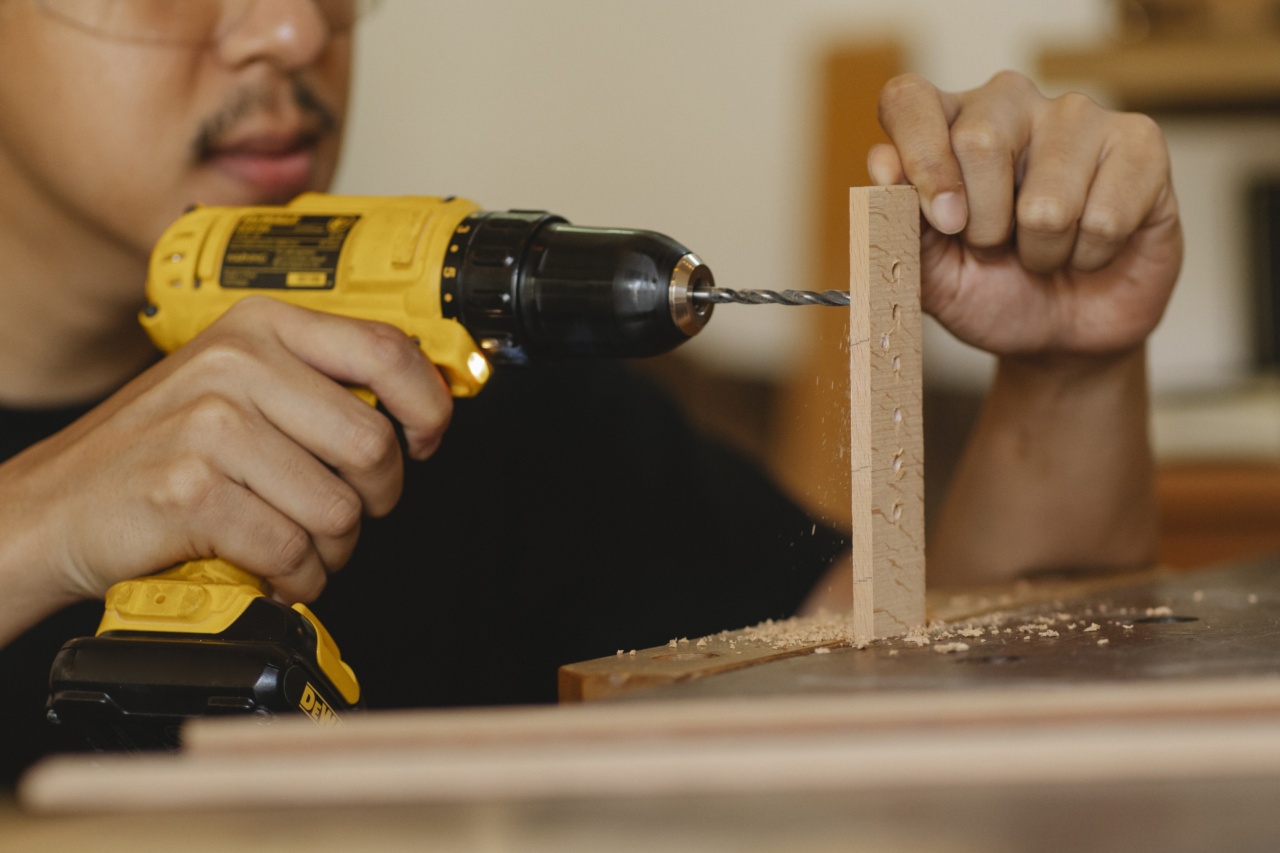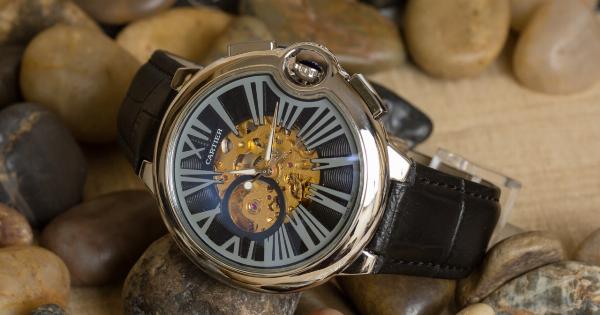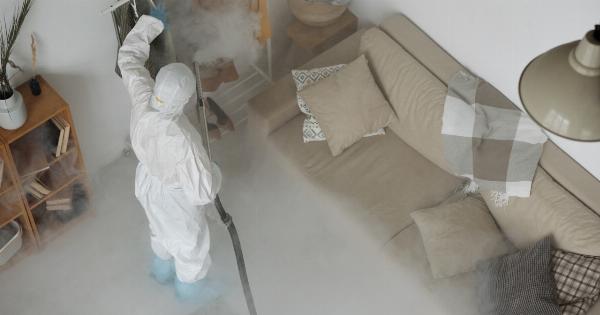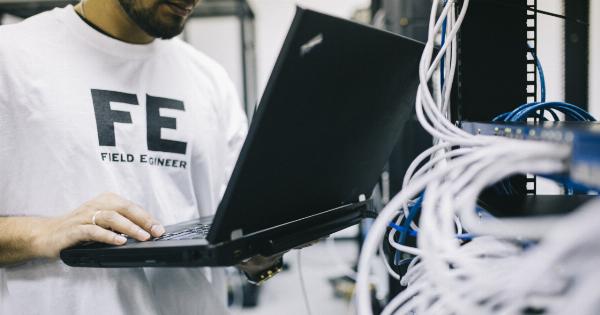It’s likely that you’ve never heard of venous stents before, but these devices are proving to be an incredibly effective solution for a range of conditions involving impaired blood flow.
What are Venous Stents?
A venous stent is a tiny cylindrical device made from metal mesh that is used to hold open a vein, ensuring that blood can flow freely through it.
The stent is fitted using a minimally invasive procedure called venous angioplasty, often under local anesthesia.
What Conditions Can be Treated with Venous Stents?
Many conditions can cause venous narrowing or blockage, including deep vein thrombosis, May-Thurner Syndrome (a condition where the left iliac vein is compressed by the right iliac artery), and venous compression caused by tumors or other abnormalities in the pelvis.
How do Venous Stents Work?
By holding open the walls of the affected vein, venous stents allow blood to flow freely again, reducing the likelihood of serious complications such as blood clots, chronic pain, and leg swelling.
What are the Benefits of Venous Stenting?
Apart from the obvious medical benefits, venous stenting also has the advantage of being minimally invasive, meaning that recovery times are typically quicker and complications are less likely to occur.
In many cases, patients can return home the same day as the procedure.
What is the Procedure for Venous Stenting?
The procedure for venous stenting is relatively simple. First, the patient is given a local anesthesia and a small incision is made in the skin. The surgeon then inserts a catheter into the vein, guided by a fluoroscope, a special X-ray machine.
Once the catheter has been inserted into the blocked area of the vein, the surgeon will deploy the stent, expanding it using a balloon until it fits snugly against the vein walls. The balloon is then removed, leaving the stent in place.
What are the Risks of Venous Stenting?
As with any medical procedure, there are some risks associated with venous stenting.
These can include bleeding, allergic reactions to the contrast dye used in the fluoroscope, and in rare cases, the stent can move or become blocked, requiring further surgery. However, these are relatively rare occurrences and the benefits of venous stenting far outweigh the risks.
Recovery and Aftercare
After the procedure, patients are typically kept in hospital for a short period of observation before being allowed to return home.
Patients are advised to take it easy for a few days after the procedure and to avoid heavy lifting or strenuous exercise for up to a week. In most cases, patients will need to take medication to thin their blood and prevent blood clots from forming around the stent. Regular check-ups with the surgeon to monitor the stent and the patient’s progress will also be necessary.
Conclusion
Venous stenting is a minimally invasive procedure that can have a significant impact on patients suffering from conditions involving impaired blood flow.
Although there are some risks associated with the procedure, the benefits are significant, improving circulation and reducing the likelihood of complications such as blood clots and chronic pain.





























